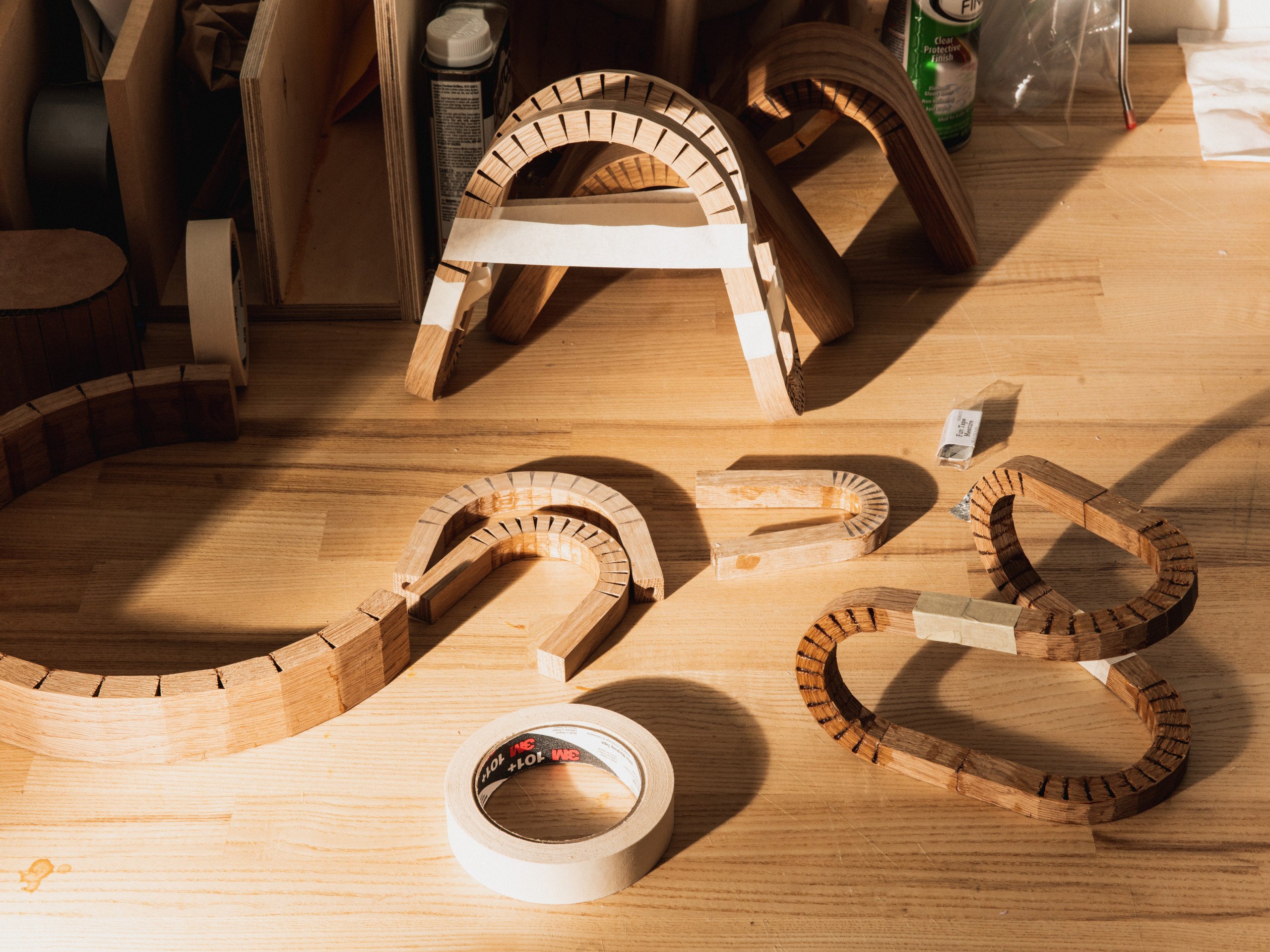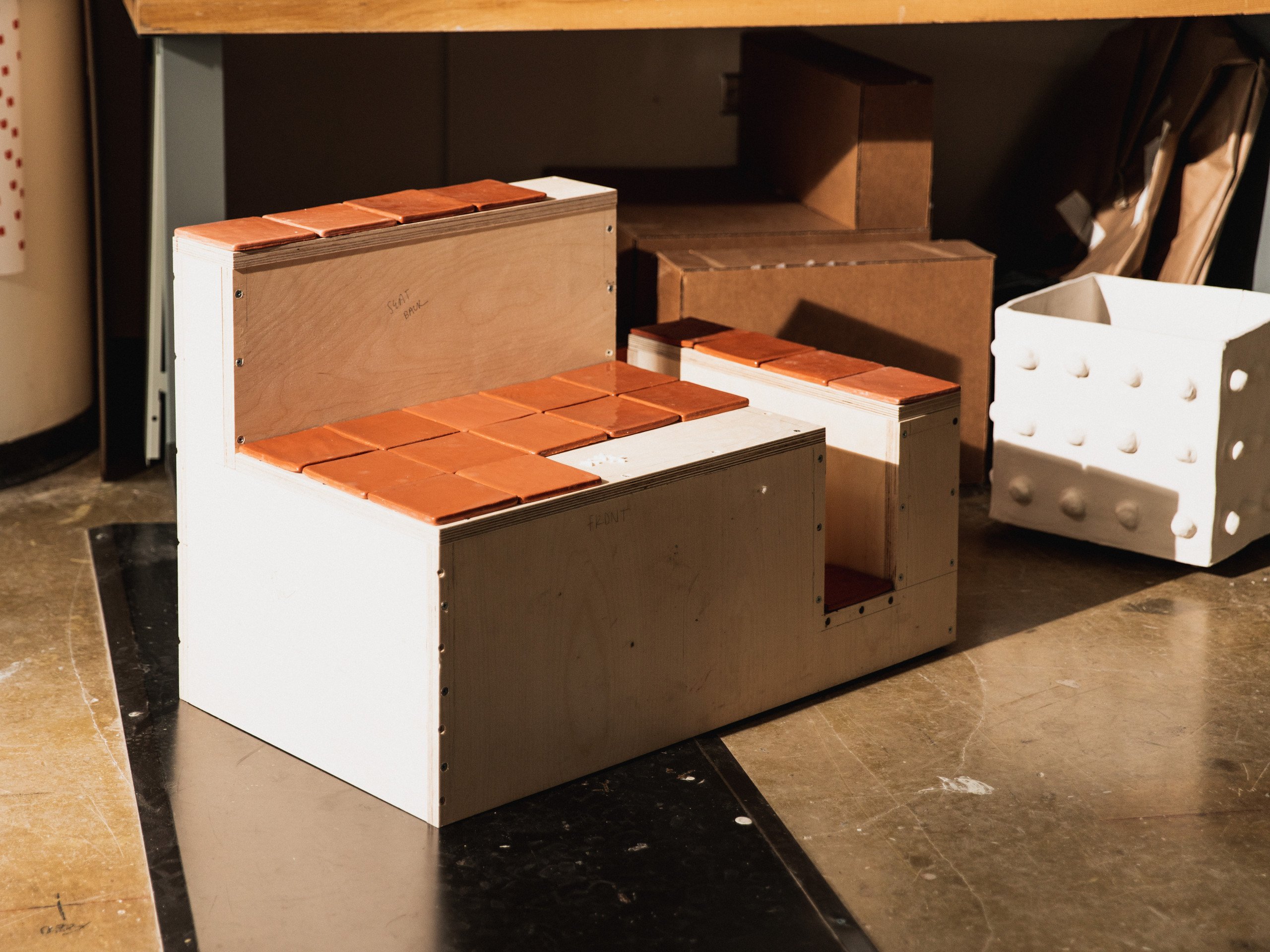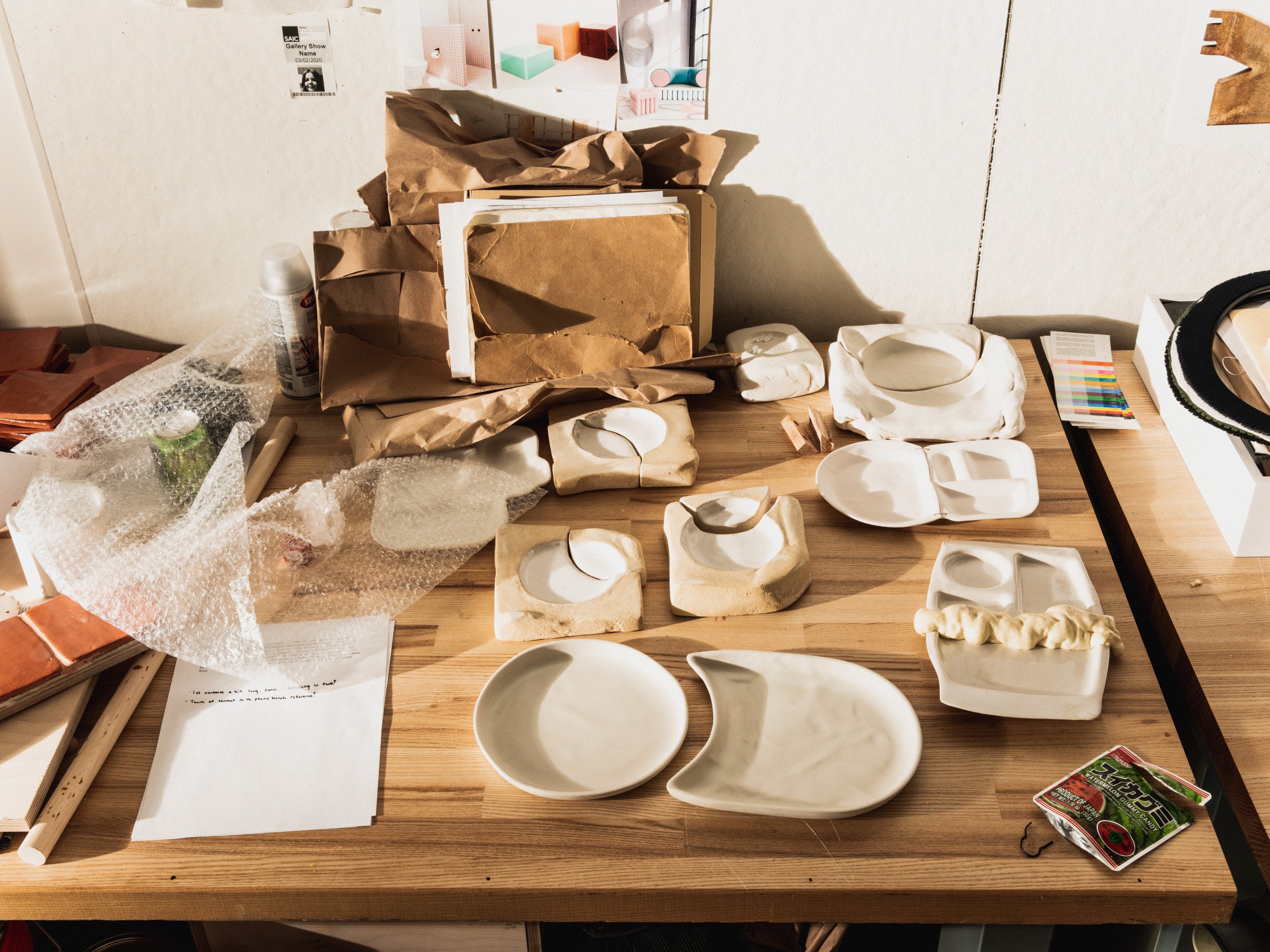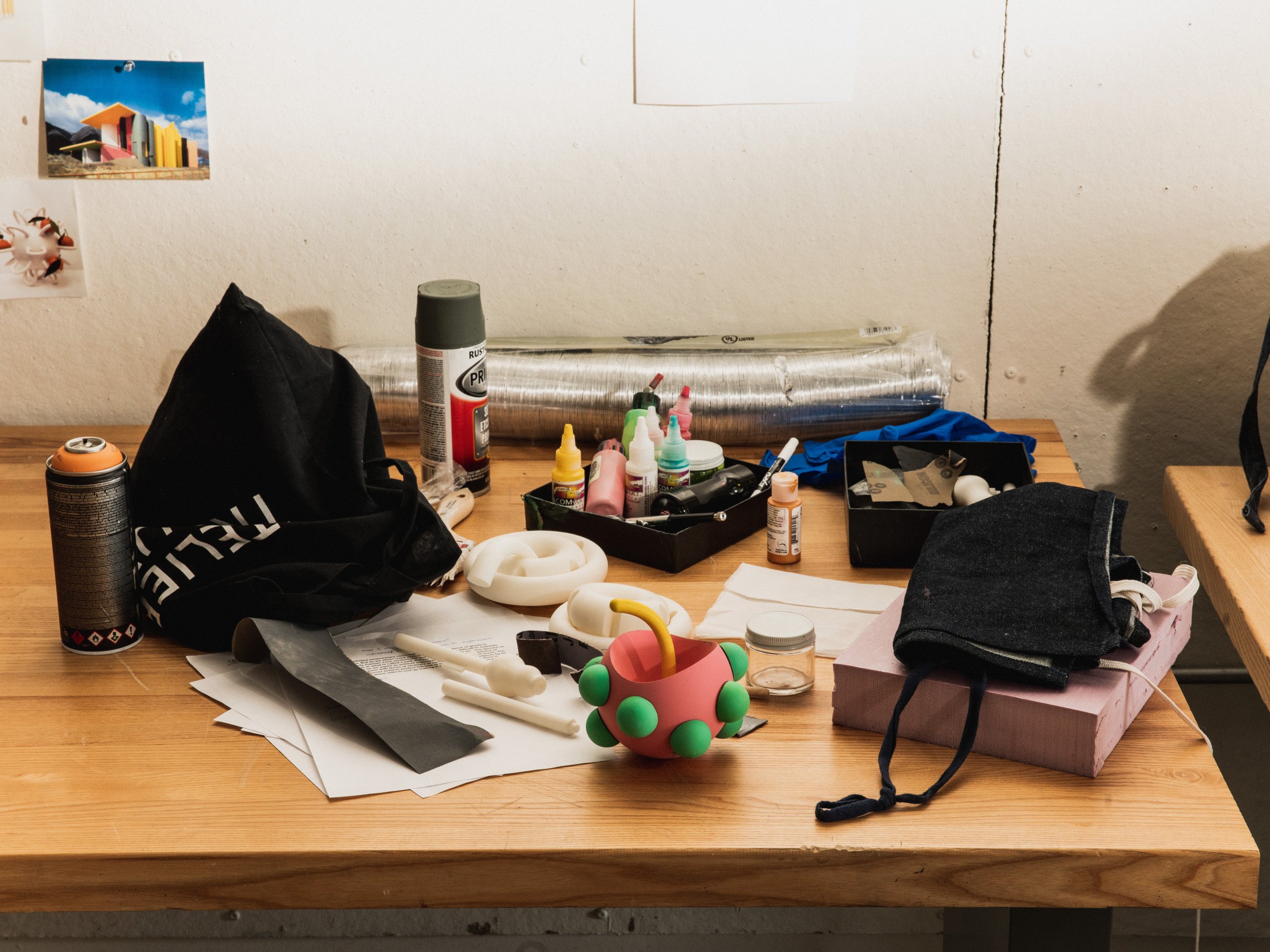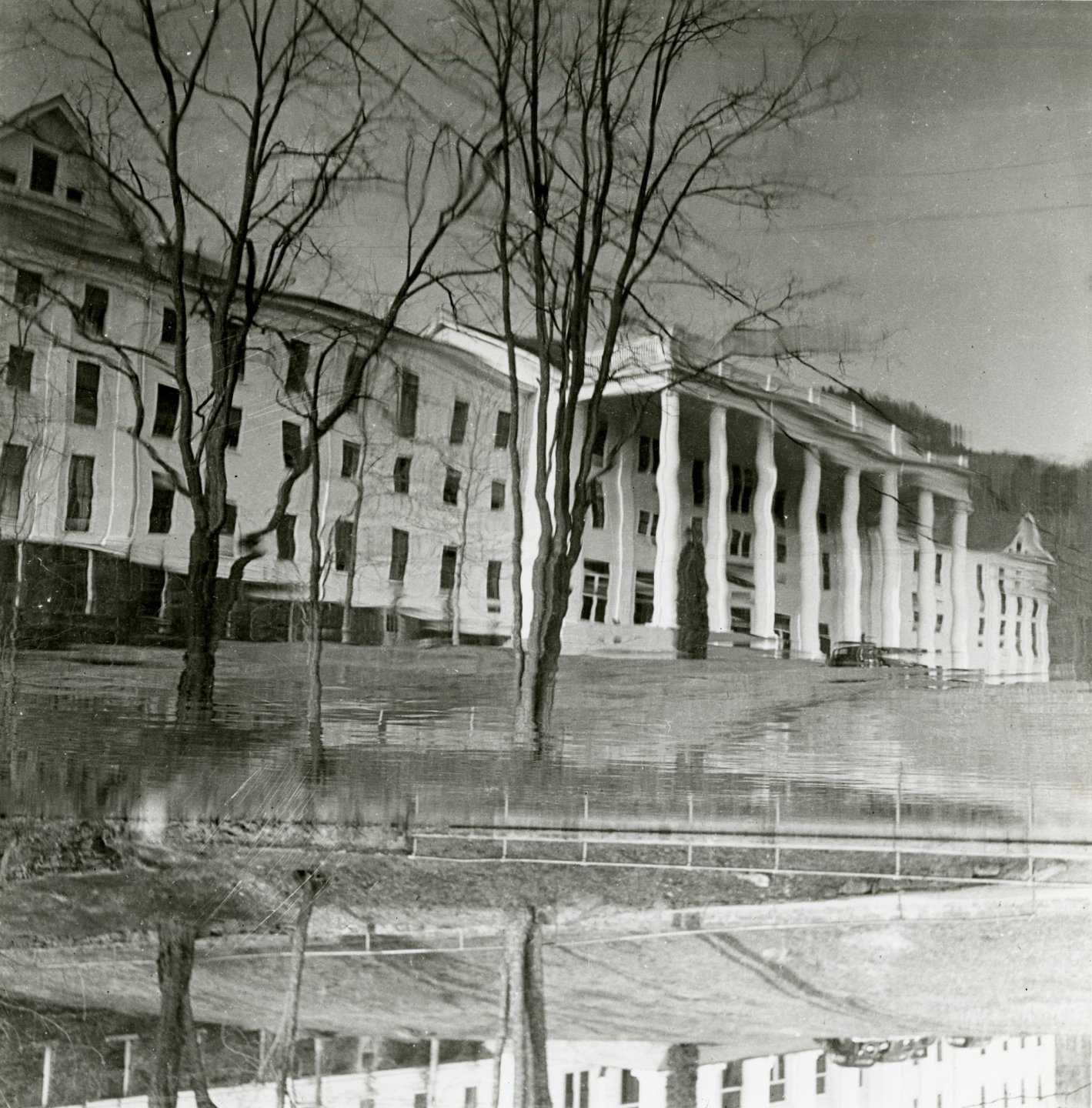
“The world changes according to the way people see it, and if you alter, even by a millimeter, the way people look at reality, then you can change it.” —James Baldwin
German economist Werner Sombart coined the term late capitalism in 1928, describing a new epoch following World War I. He understood then what is painfully obvious now: Sustaining capitalism requires the infinite consumption and commodification of finite resources. Nearly a century later, with the ubiquity of screens, algorithms, and the proliferation of virtual realities and AI, it is clear that sustainability is not limited to Earth’s material and physical resources: The commodification of our behaviors, our attention, and our psyches defines our current moment.
As we find ourselves in the blur of radical cultural and political upheaval, and as Trump 2.0 and DOGE upend our social and economic infrastructure, I have been thinking about the role of design and the designer now. As a designer and as a design educator, I keep returning to this question: Is it possible to cleave design—a profession inextricably tethered to the Industrial Revolution—from the exhaustive, commodity-fueled economic model in which it, and all of us, exist?
The reductive answer is no; we are bound to, formed by, and beholden to our economic system. The optimistic and more nuanced perspective might be no but…. Consider the context: We’re living in the Fourth Industrial Revolution (also known as 4IR and Industry 4.0). Defined by the expansive role of technology and the merging or blurring of digital and physical space and experience, 4IR amplifies ideals of efficiency via artificial intelligence and data analytics while also transforming manufacturing through automation and robotics.
While in its nascent stage, the evolution of AI is anticipated to have massive implications on how we live, work, and create. Time will tell, but the paradoxes of modernist utopian visions, coupled with the calamites of excessive consumption, allow, or perhaps require, us—as designers, educators, and citizens—to view design as a medium that harnesses the potential to change our collective vision, one millimeter at a time.
In the summer of 2019, I spent a week in the Black Mountain College (BMC) archives, in North Carolina. Three years into the first Trump administration I wanted to better understand art and design practice in the midst of social and political tumult. Founded in 1933—concurrent with the forced closure of the Bauhaus in Germany by the Nazis—Black Mountain College was an experimental project committed to philosopher and educational reformer John Dewey’s principles, which prioritized art within the context of liberal arts education. Many from the Bauhaus took refuge there, including Anni Albers, Josef Albers, and Walter Gropius.
While Bauhaus pedagogy and 20th-century American educational reform were foundational to BMC, the racial politics of the American South and the rise of Hitler and Nazi Germany were also critically important to how the school evolved as well as to its larger legacy. BMC was progressive, even radical, in many respects, but it was located in the heart of the Jim Crow South, where racial segregation in all facets of social, political, and economic life were enforced.
Tucked away in a rural pocket of North Carolina on Lake Eden in the Blue Ridge Mountains, the school’s idyllic seclusion fostered significant creative output, but it also provoked dissonance amid the injustices that defined the time and place. In the words of Alma Stone Williams, its first Black student, “I should have known better than to think things had changed. The year was 1944. Though it wasn’t easy for it to do so, Black Mountain College was ready for me; the rest of the white South, not yet.” In spite of being part of broader social, cultural, and political injustice, BMC built and protected space for creative and cultural transformation.
My time spent at the archives brought into sharp focus the paradox of social progress and the importance of layered context. It foregrounded the idea of the periphery as a potent space of incubation. Beyond—but always tethered to—larger structures, spaces outside of the main frame allow us to glimpse new outcomes.
This understanding became central to my approach in the classroom/studio setting. When I left North Carolina for Illinois, where I would be teaching at the School of the Art Institute of Chicago, I developed a design brief for an exhibition-focused course that I co-directed with designer Jonah Takagi on the fluid intersections of utopia and dystopia. From the utopian ideals of order exemplified in Renaissance gardens and post-war American suburbs to the idea that utopia means access to clean water, the emancipation of otherness, and a return to the handmade, students assigned material, scale, and form to the consequences of late-capitalist profit, yielding disastrous impact to the collective social body and Earth.
Whereas their approaches to the design brief were materially and conceptually diverse, their collective message was consistent: Contextualizing what could be is key to imagining it. By March 2020, as Covid raged, that studio course–like everything else—went online. We produced a virtual exhibition, called “Eighteen Perspectives on Utopia,” and documented the work exactly as it had been left in the studio—an in-process array of ambition, intention, and imagination.
Three years later, I co-led a cross disciplinary exhibition course with Anais Missakian at the Rhode Island School of Design that brought together students from disciplines across the fine arts and design divisions to present work at the Salone del Mobile in Milan, the largest annual furniture fair in the world and an engine of the design industry. With a prompt to recontextualize the ordinary and find surprise in the unexpected, students explored our ever-evolving relationship to—and experience of—the domestic interior.
Instead of exhibiting production-ready prototypes, students pushed disciplinary bounds and seized the opportunity to provoke. From graphic design to art, furniture, and textiles, the show, titled “Objects May Shift,” foregrounded creative, formal, and cultural flux: A variable typeface was scaled to excess then skewed and outlined; an upholstered seat was inflated to become a wall; a cabinet was made from a scavenged dresser; a machine performed its ability to endlessly and simultaneously produce and consume. It was exuberant, imaginative, and sobering.
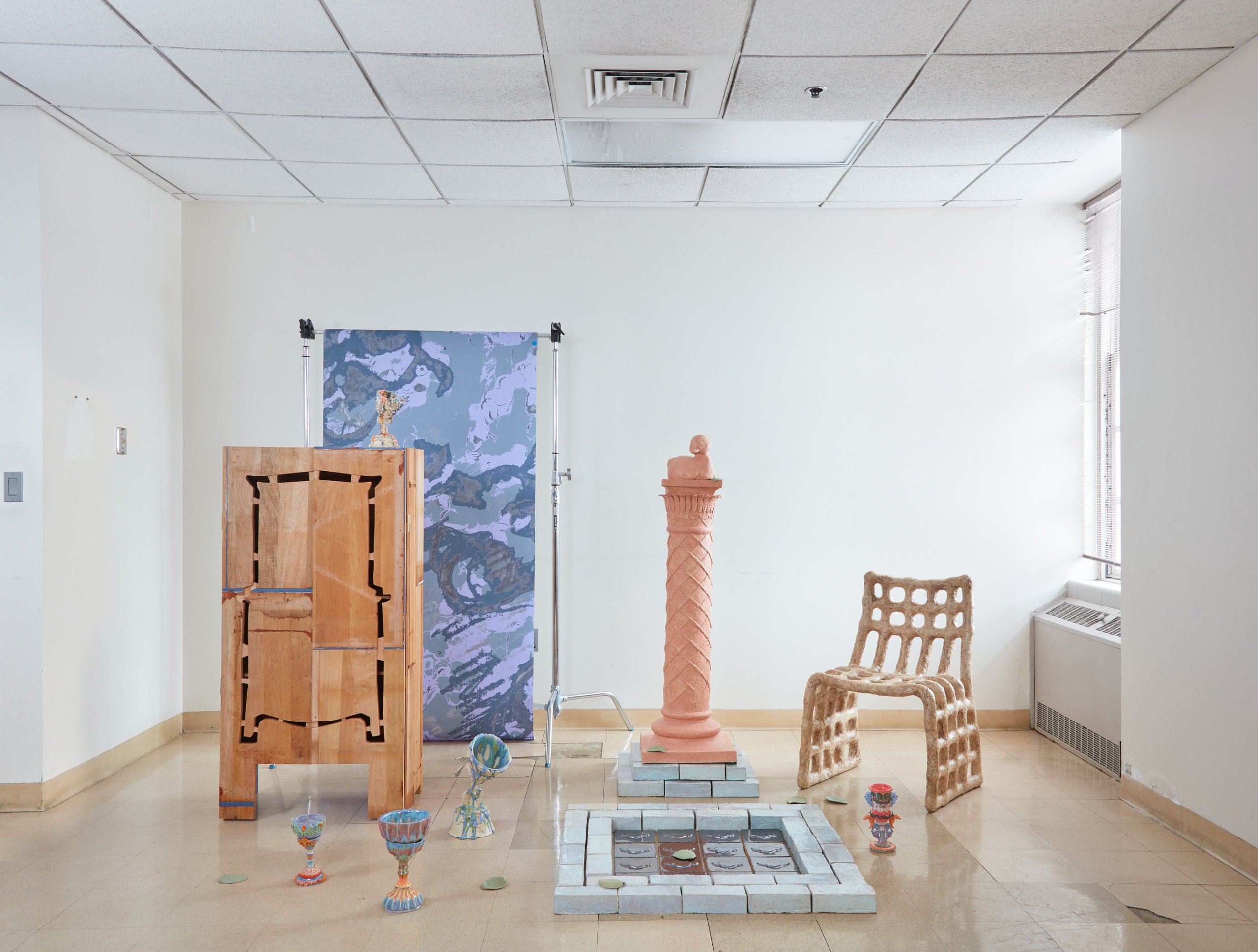
These exhibitions straddle the before and after Covid timelines, opening at the tail end of the first Trump administration and before we knew there would be another one, respectively. Together, they captured a zeitgeist: They were collaborative propositions to see differently, spotlighting the economic systems and social structures that challenge our collective ability to envision a future that prioritizes collectivism and care. In these peripheral contexts, we were able to splinter the designer from 20th-century utopian ideals of efficiency, profit maximization, and expansive consumption, and to reframe what our imaginative impulses to create might yield for our collective future.
Can we keep doing the same in 2025 and beyond? The environmental, political, and technological circumstances could not be more challenging. But they also offer ample fuel for imagining what could be, and what could be better. The pursuit of something better, something more humane, is always worthwhile, no matter how far from our grasp it may seem. Doing it requires creative courage and open eyes.
